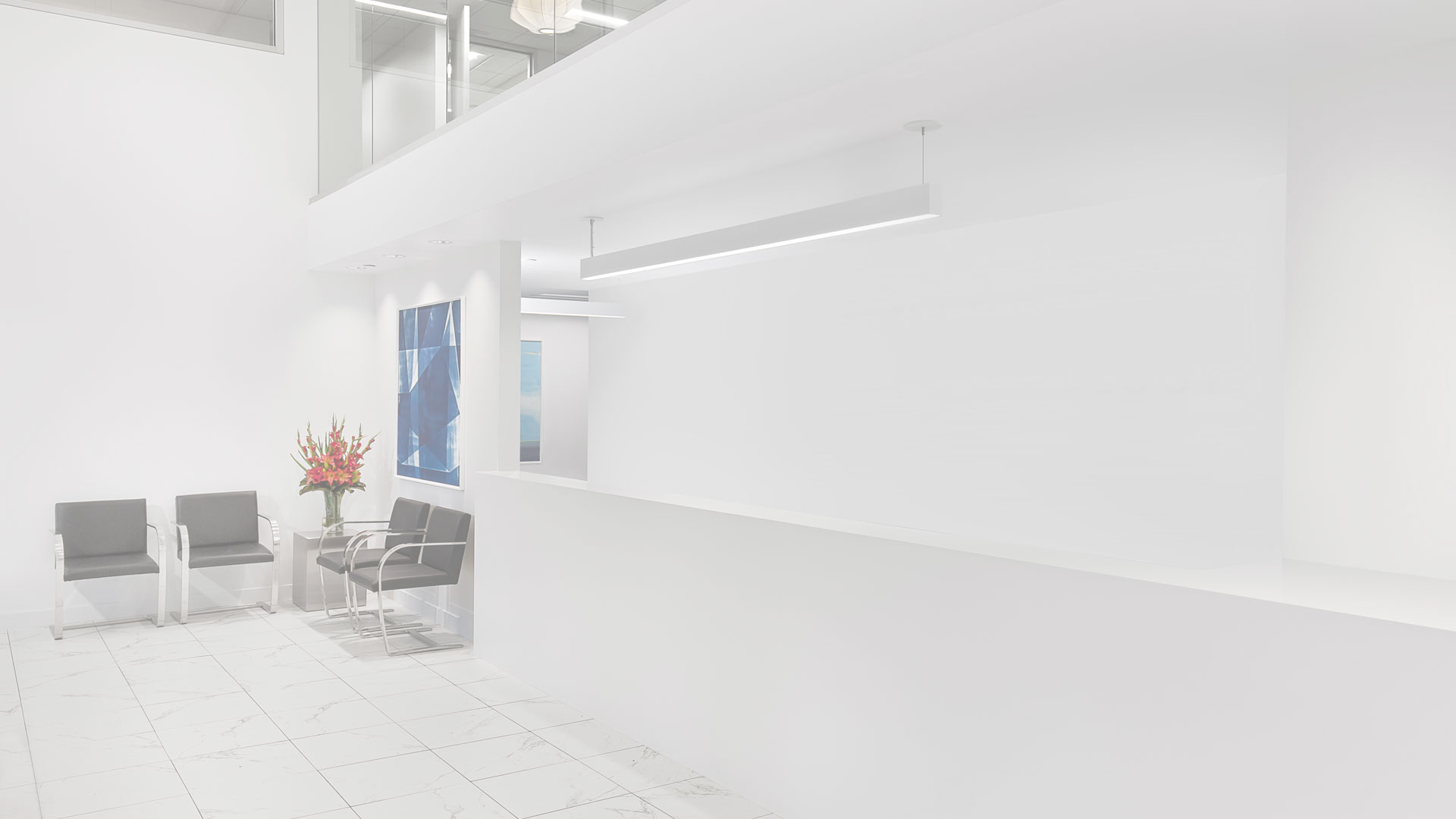
AN EDUCATION IN SKIN HEALING
How to reset your complexion no matter what you put it through.
We experience emotional extremes—those high highs and low lows dictated by everything from our hormones to the changing seasons to our personal relationships—and so too does our skin. Like our psyches, when our skin is under any kind of duress, that’s when its fragility becomes especially apparent. And cosmetic skin treatments (everything from lasers to peels, even tattoos) can certainly qualify as duress. We asked skin care experts to fill us in on how to treat any and all post-treatment irritations. Let the healing begin.
The skin is the body’s largest organ and it’s also one of the smartest, and that’s important to remember when thinking about healing: your skin knows what it needs to do. “The healing process is the same if you get a scrape or you have your skin intentionally injured during a cosmetic procedure . . . with each the skin barrier is broken and needs to rebuild itself,” explains Dr. Heather D. Rogers, Seattle-based dermatologist and the brains behind the new line Doctor Rogers RESTORE. The problem many people run into, says Rogers, is attempting to speed up the healing process with one magic potion or another, which can, in fact, impede it. “Because the skin is the most fragile after injury, it will absorb more of whatever you put on it and is more easily irritated because of this increased absorption. So, skin that is healing may hate products it usually loves.”
HEALING INGREDIENTS YOU NEED…AND THE ONES YOU DON’T
“When healing, not only is the skin unable to keep things out, it also cannot keep things in,” says Rogers. That’s why most dermatologists will suggest occlusive ointments (like Aquaphor, Vaseline, etc.) for any kind of skin wound to help prevent water loss. “Unfortunately, many of them contain ingredients your skin doesn’t like, such as essential oils, fragrance, lanolin, and even vitamin E which are common causes of irritation on healing skin,” she says. “Also, most are petroleum based, a thick oil that, while occlusive, the body cannot use its hydrocarbons for anything while healing.” Rogers took all this into account when designing her RESTORE Healing Balm which gets its occlusive quality from castor seed oil and wax (they both provide beneficial fatty acids while healing) and uses glycerin to help put water back in the skin. Here, some other ingredients to beeline for when healing is on the agenda:
Aloe
“Inexpensive, easy to find, with antioxidant and antimicrobial properties, and good for all skin types. Its polysaccharide and sterol content make it an excellent humectant,” says New York-based medical esthetician Jordana Mattioli. “The Smart Water of skin care ingredients,” adds Rogers.
Green Tea
“The polyphenols in green tea are so good for soothing. Plus, you get antioxidant protection which you can never have too much of when healing after a procedure,” says Mattioli.
Colloidal Oatmeal
“The avenanthramides, strong antioxidants, work to soothe skin, while beta-glucan locks in hydration,” says Mattioli. It’s beneficial for restoring the skin barrier, and calming redness in those with extremely dry skin, rosacea or eczema.
Manuka Honey
The glucose and sugars in this prized honey from New Zealand’s Manuka Tree Flower are packed with natural peptides, amino acids, and antioxidants. “It’s occlusive and prevents water loss but the problem is it’s messy,” says Rogers.
Chamomile
An oldie but a goodie. “Rich in flavonoids and polyenes that have anti-inflammatory, anti-erythema, and anti-pruritic properties, it’s good for calming irritated skin,” says Rogers.
Castor Oil
“It’s rich in fatty acids, an important part of the natural moisturizing factor of the skin, and it’s a well-known emollient that aids in healing and can decrease inflammation,” says Rogers.
Ceramides
“Naturally found in the skin, applying ceramides will help with water retention and calm sensitivity,” says Mattioli.
YOUR TREATMENT HEALING PLAYBOOK
Before you book that treatment at the derm’s office, be armed with information about what it entails and how to get your skin on the speediest path to recovery.
MICRODERMABRASION
A quick fix for smoother, more radiant skin that’s ideal pre-big event (think a week ahead), microdermabrasion works by removing the top layer of dead skin cells and stimulating microcirculation. The downtime is minimal but so are the long-term results. “It makes your skin look and feel better temporarily and because the injury is so superficial, there is not much you need to do,” says Rogers. Mattioli advises avoiding retinoids, acids, and any exfoliation for 24 hours afterwards and being diligent about sunscreen.
CHEMICAL PEELS
Your healing protocol post-peel depends entirely on the strength of the peel itself. Mattioli uses mild alpha and beta hydroxy acid peels in nearly every facial she does. “They dissolve the outermost layer resulting in immediately softer, smoother skin and can also lighten superficial pigmentation,” she says. And while the skin is slightly pink afterwards, much like with microderm, there’s not much you need to do for healing. But when you up the strength of the chemical solution, and skin layers are eliminated over the course of several days, you have to be more mindful about healing. Mattioli warns that skin will go through stages of swelling, redness, and granulose tissue formation, until, a week later, the inflammation subsides, collagen fibers bundle closer together and the epidermis thickens. She advises using a gentle cleanser to provide antiseptic and antibacterial support. Additionally, moisturizing with a product rich in humectants, antioxidants, growth factors, peptides and ceramides, plus protecting with broad-spectrum mineral sunscreen, and avoiding any other facial procedures for a month. A few days before any peel, discontinue use of any prescription topicals, retinol, AHA, BHA or benzoyl peroxide, and if you’re treating any types of pigmentation, pre-treat your skin a month before treatment with daily vitamin C and a brightening product to reduce possible PIH (post-inflammatory hyperpigmentation) after your peel.
LASERS
The range of level of injury to the skin from lasers depends on both the device and the energy setting used by your provider, explains Rogers. On a scale of mild to more aggressive you’d put Clear and Brilliant first, followed by Fraxel (fractionated non-ablative resurfacing), then carbon dioxide laser (fractionated ablative resurfacing). Clear and Brilliant is an ideal beginner laser treatment geared towards improving mild sun damage, melasma and texture. “The injury is superficial with five to ten percent of the epidermis having microscopic holes punched into it which lifts the brown and stimulates cell turnover,” says Rogers. Expect mild swelling and redness for up to 12 hours then seven days of dryness then a refreshed appearance two weeks later. With Fraxel comes greater improvement in brown spots, fine lines, and texture, but also a longer recovery: Two days of swelling, up to seven days of crusting, and 14 days of pink undertones. And carbon dioxide laser is the most intense, taking aim at deeper wrinkles, sagging eyelids, and acne scarring, and requiring longer post-care: Four days of swelling, up to 14 days of crusting, and up to 28 days of pink undertones. Rogers recommends her super gentle RESTORE products to patients to help protect skin and speed up the healing process. She also suggests avoiding strenuous exercise, sun exposure, exfoliation, and any products with actives like retinol or vitamin C.
RADIO FREQUENCY
The devices (popular ones include Exilis, Thermage, and Profound RF) tighten skin and stimulate collagen production without damaging the epidermis. “Instead, these long wavelengths pass through the epidermis and heat the underlying dermis,” says Rogers. “As such, the skin recovery is minimal. I can go out with friends directly after my Exilis treatments and my skin is slightly plumped and looks great.”
MICRONEEDLING
How reactionary the skin will be to microneedling, the treatment wherein clusters of needles push active ingredients into the complexion, depends on how deep the settings on the device are turned to. “The deeper setting cause micro-injuries to the skin, and triggers increased cell activity and the release of various proteins and growth factors from the cells which cause collagen production,” says Mattioli. Rogers, who suggests an occlusive ointment and zinc-based sunscreen, says you can expect a day of pinpoint bleeding followed by up to five days of rough skin. The newest devices, adds Mattioli, combine microneedling with radio frequency currents from the needle tips for increased tightening; expect up to five days of minor swelling and redness.
SOME UNIVERSAL POST-CARE
Mattioli has plenty of advice that crosses treatments. For the first 48 hours afterwards, sleep a little extra elevated to reduce swelling, stay hydrated, and eat healthy; also avoid alcohol, saunas, super-hot showers, makeup and strenuous exercise. Also to be avoided: scrubs, cleansing brushes, retinoids and alpha beta hydroxyl acids for a week after treatment and minimize any and all sun exposure.
AND, WHAT ABOUT TATTOOS?
Well, tattoos are a form of skin wounding, so they need TLC too. Nate Silverli of Hungry Heart Tattoos suggests the following protocol: Wrap your new tattoo with a bandage for as long as your artist suggests then wash with warm water and fragrance-free soap and pat dry. Then continue to apply petrolatum and lanolin-free ointment (like Skinfix Inked Tattoo Balm) to keep the skin moist. “You want to avoid the skin healing too quickly, or the scab can dry up, fall off, and pull the ink with it,” he says.


Skylar Williams
I appreciate you explaining that your skin will like that you use products like aloe and green tea on it. My sister noticed that she had a new mole that looks discolored. I’ll recommend that she go to a dermatologist to check it out.